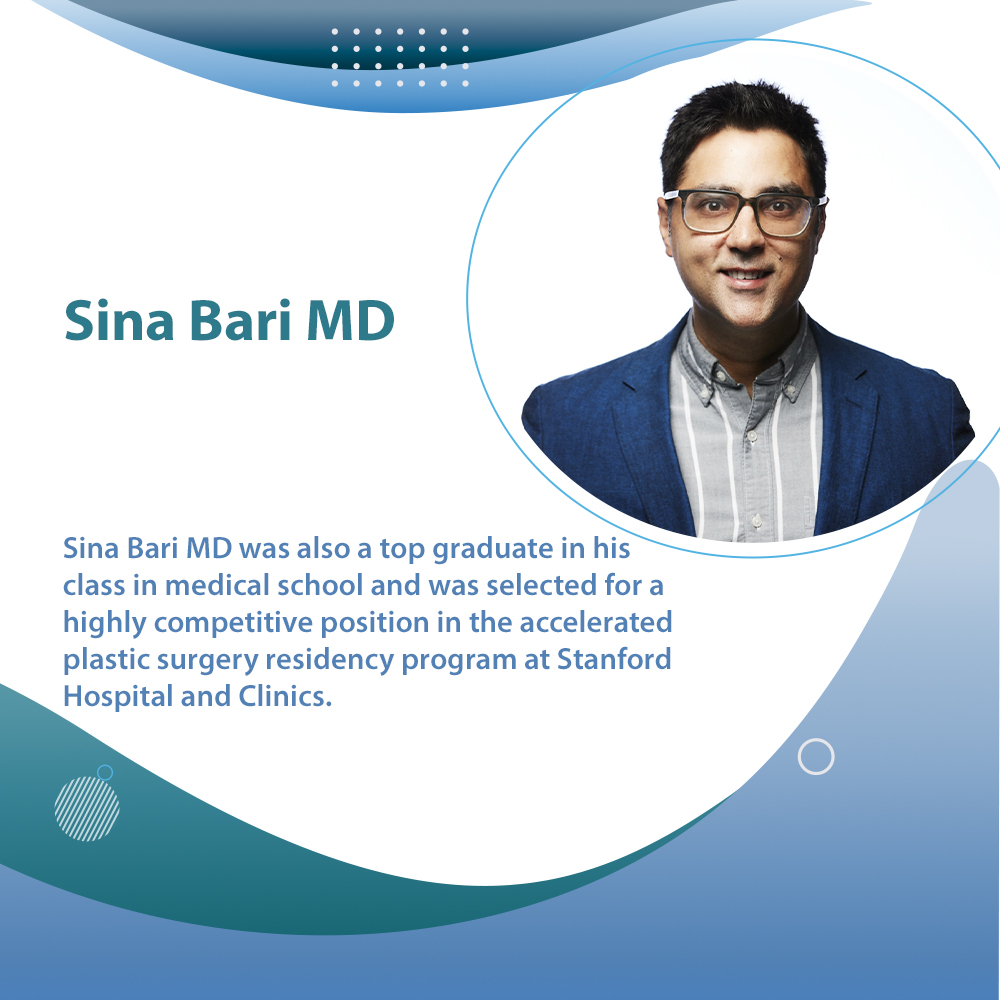
The term “robot” was introduced to the public by Czech interwar writer Karel Capek in his 1920 play, ‘Rossum’s Universal Robots. Surgical robots eliminate physiological tremors, giving surgeons greater control in minimally invasive surgeries and reducing the risk of iatrogenic injury.
They also enable more accurate resection, minimize blood loss and the need for narcotic pain medication, and reduce post-operative hospital stays.
Robots aren’t replacing surgeons.
Surgical robots have proven their value in minimally invasive surgery, such as cholecystectomy (gallbladder removal). They use a system of precise robotic arms and a high-definition, three-dimensional camera to navigate deep inside the patient’s body. The surgeon can perform the procedure steps without making large skin incisions.
This enables doctors to operate on hard tissue more precisely, reducing the risk of complications like infection or bleeding. But soft tissue moves constantly, which makes it harder for the robot to follow.
To address this issue, some researchers are developing systems with varying levels of autonomy, such as the DaVinci robot (Intuitive Surgical, Sunnyvale, CA), a master-slave robot that requires constant human control, and the TSolution-One orthopedic and spinal robots (formerly ROBODOC, THINK Surgical, Fremont, CA), which require less human input for a limited range of surgical tasks. This allows hospitals to use one robot for many procedures without training new teams each time.
They’re helping surgeons.
Surgical robots help surgeons perform intricate surgery with high-level precision. They don’t take over, however. Rather, they assist surgeons during operations by responding to their precise hand and finger movements and providing heightened vision and talent in tight spaces.
Krieger’s team is developing a new STAR system version to make it more adept at soft tissue surgery. The device can adjust its surgical plan in real-time to deal with unexpected obstacles. Its navigation system can mark off “no fly zones” around non-surgical tissues, so surgeons don’t accidentally touch or damage them.
In addition, the technology may eventually allow surgeons to perform invasive procedures remotely, which could be a big boost for patients with complicated or life-threatening conditions that can’t be treated in an operating room. Using the same technology, surgeons could consult with experts and rehearse complex operations from afar. They’d also be able to operate for longer hours without becoming fatigued.
They’re unlikely to lock surgeons out of the operating room.
Although robots are already on the job in many ORs, it would be crazy to think that humans will be forced out of the operating room. That’s because, while robotic surgery has made inroads over the past 20 years, it remains reliant on surgeons to guide and program the machines.
Surgical robots like Intuitive’s da Vinci system boost surgeon capabilities by helping them make smaller incisions, navigate changes to the body and perform complex dissections inside the patient. The machines can also help them avoid cutting and stitching healthy tissues or introducing bacteria that could lead to infection.
Some medical robots have been taske with other jobs, such as performing bronchoscopies to diagnose lung diseases or remove tumors in the chest. Using autonomous robots to perform these procedures is less risky than replacing human surgeons, but the technology has yet to be perfected. Engineers are working to make the devices smarter, more precise and able to improvise.
They’re likely to help patients.
Besides delivering precise cuts, robots can be use for various other healthcare tasks. Infection control robots clean rooms and limit the exposure of patients, nurses, and other workers to pathogens. Transport robots carry linens, food, and medications to patients, helping reduce the load on hospital staffers. And social robots dispense emotional support to patients.
Medical robotics is rapidly evolving, and surgeons are eager to use the new technology. In our recent surgeon survey, Bain found that 78% of respondents across all specialties say they want to incorporate robotic systems into their practices.
Some robotic surgical systems, such as the da Vinci system from Intuitive Surgical, require full human control, while others, like the TSolution-One orthopedic and Mazor X spinal robots, offer reduced levels of autonomy. And still others, like the Accuray Cyberknife, are fully autonomous. All of these systems benefit patients by reducing the number of days of radiation treatment and minimizing off-target risks.